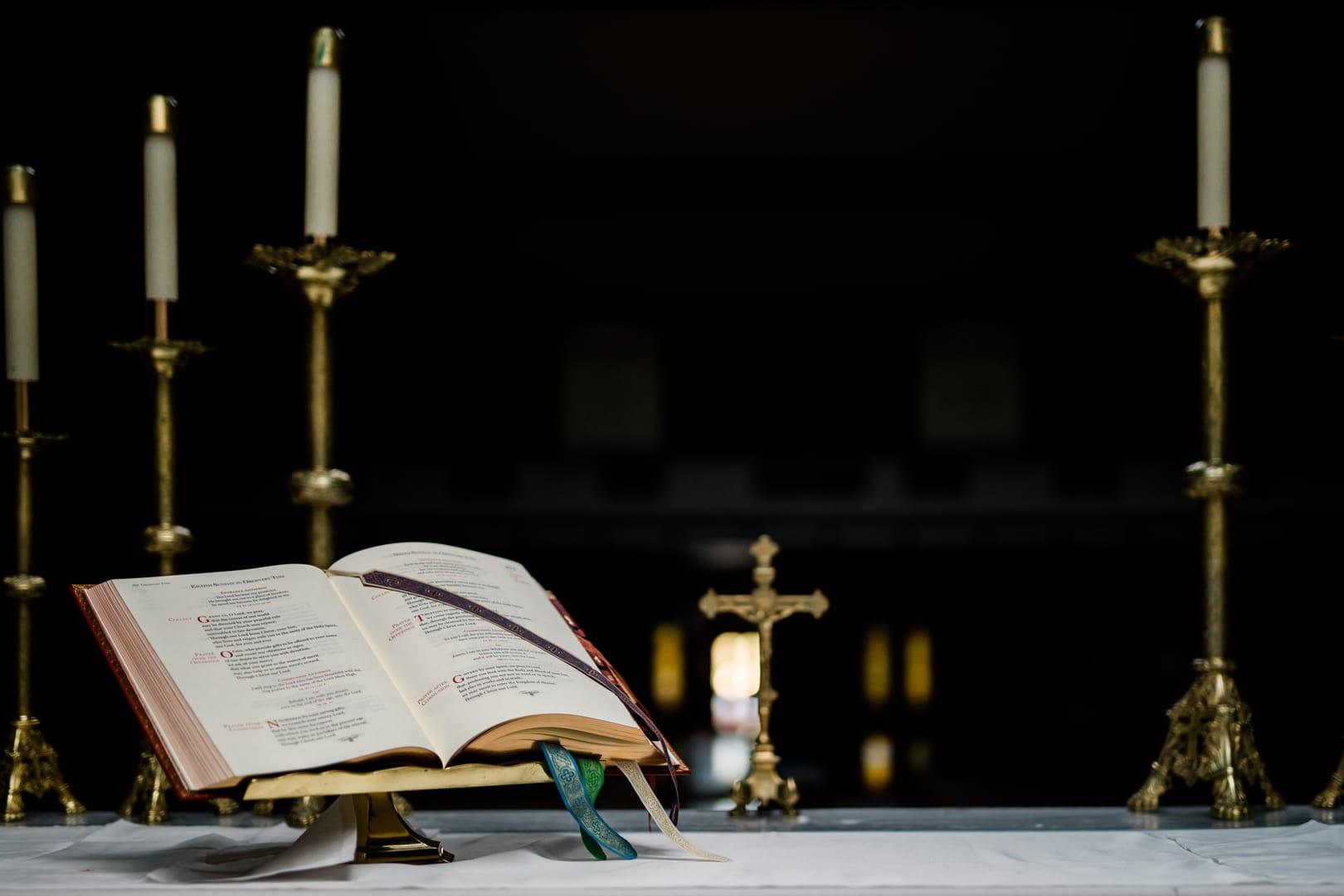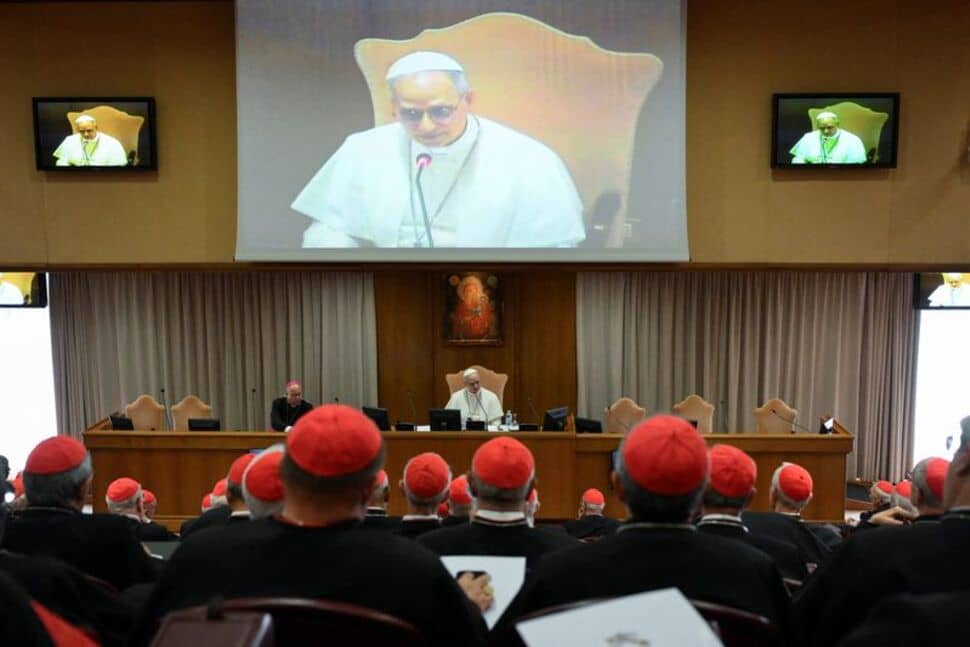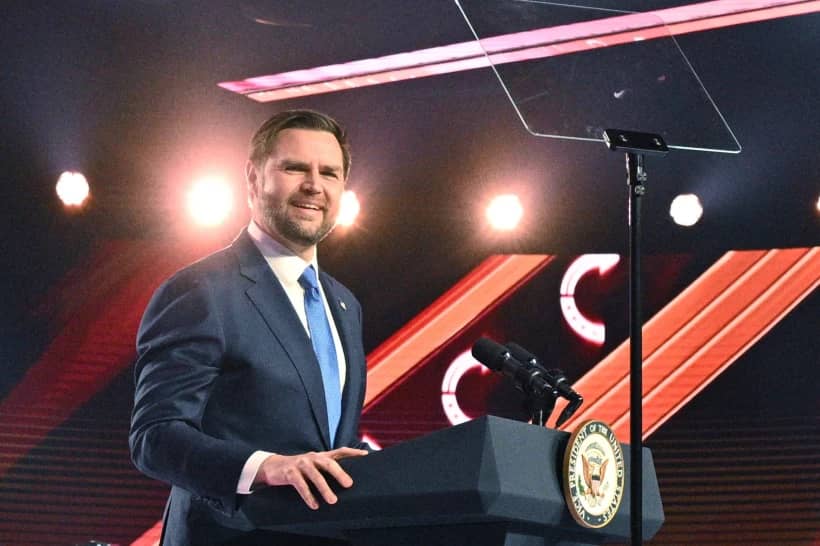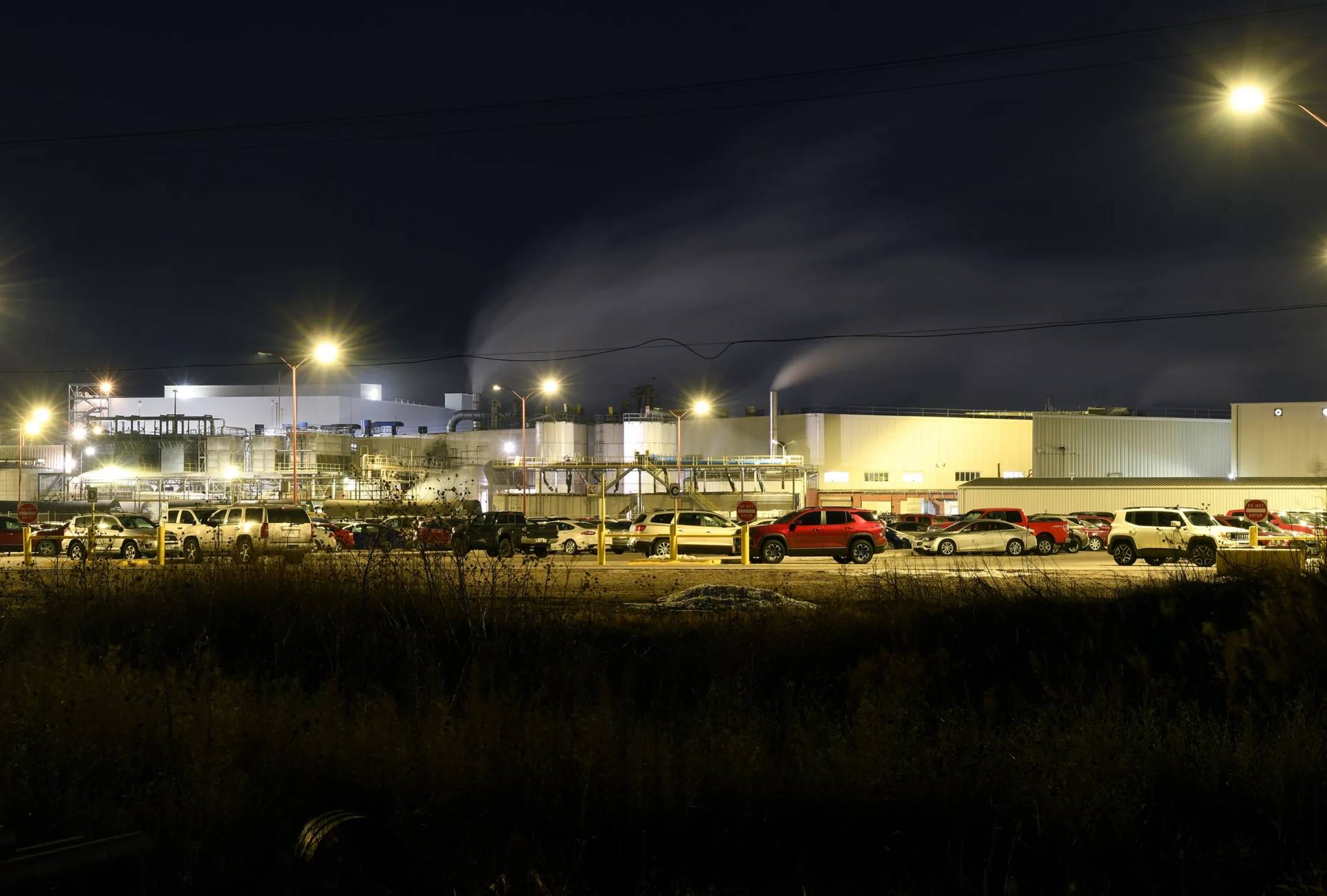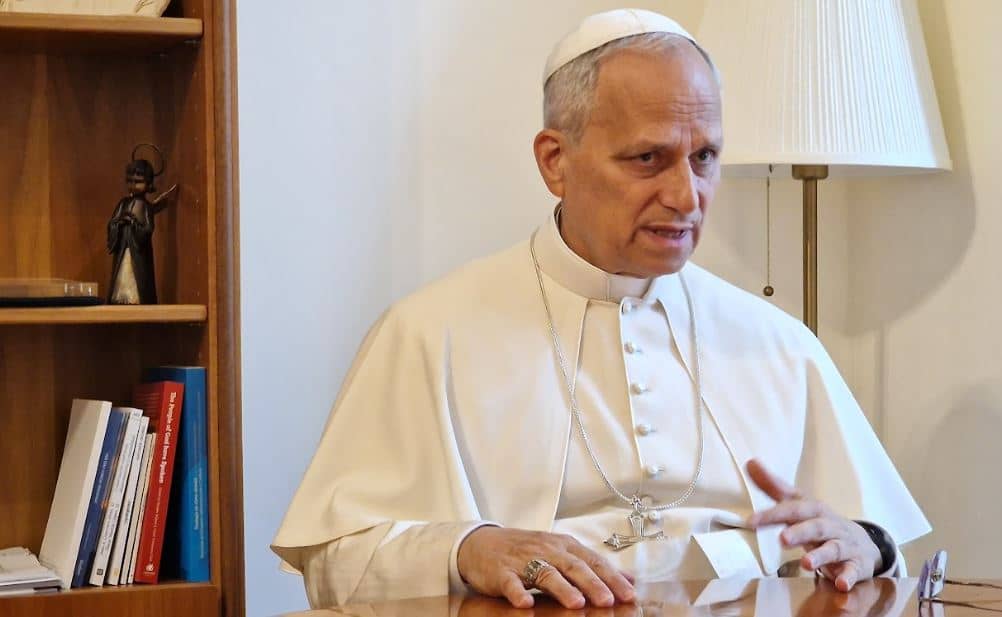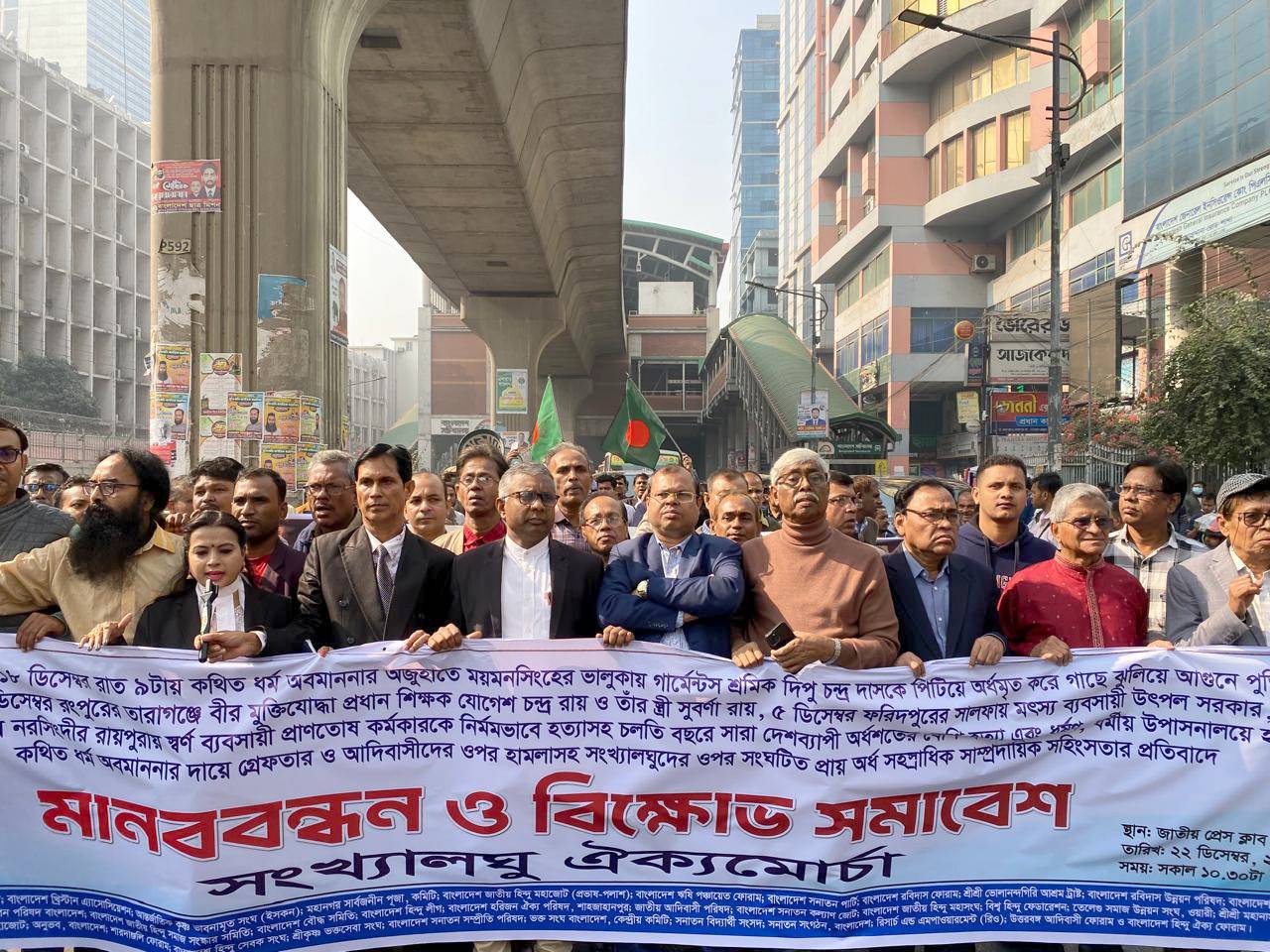[Editor’s Note: Dr. Edward Sri is a theologian, well-known Catholic speaker, and author of several bestselling books including No Greater Love: A Biblical Walk Through Christ’s Passion. He is also the host of the acclaimed podcast All Things Catholic with Dr. Edward Sri. Together with Curtis Martin, Dr. Sri is a founding leader of the Fellowship of Catholic University Students (FOCUS), of which he serves as Senior Vice President of Apostolic Outreach. He spoke to Charles Camosy about his book, A Biblical Walk Through the Mass.]
Camosy: It is still sometimes said, even as a half-serious joke, that Catholics don’t really know the Bible very well. If that’s even partially true, then we really don’t know the Bible as it relates to the Mass. Is that your experience as well?
Sri: I think we Catholics know more of the Bible than we realize. The cycle of Mass readings take us on a tour of Scripture so that we hear so much of the Bible over the course of three years simply by going to Mass each week.
But that’s not all: The liturgical prayers themselves — such as, the Gloria, the Sanctus, the Lamb of God — are all rooted in Scripture. Whenever we recite the prayers of the liturgy, we are lovingly speaking God’s inspired words from Scripture back to him in prayer. But too often Catholics feel like they’re just going through the motions at Mass. They stand. They kneel. They cross themselves. They say, “Thanks be to God”; “Alleluia”; “And with your spirit.” It might seem like empty ritual to some. But if we knew the Biblical background to all we say and do in the liturgy, we could get so much more out of every Mass. We’d be getting more out of Mass because we’d be putting so much more of our heart into it.
What are two or three parts of the Mass which are firmly grounded in the Bible in ways that might surprise people?
It’s wonderful to see people’s faces light up as they realize that the words of the Gloria at Mass are inspired by the hymn the angels sang proclaiming the birth of Christ to the shepherds (Luke 2:14). Or before receiving Communion, when we say “Lord, I am not worthy…” we are echoing the prayer of the centurion who begged Jesus to heal his servant, saying, “Lord I am not worthy that you should enter under my roof…” (Matthew 8:8).
Even a very basic prayer, such as the priest saying, “The Lord be with you,” is charged with powerful Biblical significance. We might take those words as a throw away line, just a simple greeting like “Good morning.” But in Scripture, those words are spoken whenever God called people to a daunting mission. Moses, Joshua, King David, and the Blessed Virgin Mary, for example, each heard those words when they were called by God to some important sacred task. So when we hear those words at Mass, we should realize God is asking something big of us right now: He’s inviting us to encounter Him in His Word and in the Eucharist. These words, “The Lord be with you” are a summons to prepare with all our mind and heart for this most sacred encounter with God in the liturgy.
You have a particular focus on the Real Presence of Jesus in the Liturgy of the Eucharist. Could you say more about that?
Love wants to be near the one it loves. And the God who is love (1 Jn. 4:8) wants to remain so close to us. That’s why He gives the gift of himself, of his real presence, to us in the Eucharist. He comes to dwell within us in Holy Communion and to remain so close to us in the tabernacles of our churches. The same Jesus who walked the streets of Galilee giving sight to the blind, making the paralyzed walk and raising the dead comes to dwell with us at every Mass. And he wants to do great works in our lives if we let Him. But we have to approach Him with great love and faith.
I think about a prayer that comes shortly before Communion. The priest holds up the host and says, “Blessed are those who are called to the supper of the Lamb.” These words echo what the angel says at the climactic moment of the entire Bible in Revelation 19:9. There, the angel announces the mystical wedding feast between God and his people. Jesus is the divine bridegroom is coming to be united forever with the people, his bride. The angel announces the wedding by saying, “Blessed are those who are called to the marriage supper of the lamb.”
Do you realize that when you hear those words at Mass, you are getting a wedding invitation? You are being invited to the wedding supper of the lamb. And you are no ordinary guest at this wedding. You are the bride! When you come down the aisle to receive communion, it is your divine bridegroom, Jesus Christ, coming to meet you for the most profound union you can have with him here on earth: Holy Communion. This is a climactic moment of the liturgy. And knowing the Biblical wedding image behind this prayer helps us enter into this loving encounter with our Lord more profoundly. It reminds us that when we come back to our pew after receiving Communion, this is not the time to look around and see who’s at church or time to develop our parking lot exit strategy. This is time to rest with our beloved. To tell him we love him. To thank him. To listen to him. We are with our beloved at the wedding feast of the lamb!
It is interesting to point out the interest so many Catholics have had in the Bible during the pandemic. Might the Church be able to use your book as a connection to returning to Mass as well?
That would certainly be our hope! Thousands of parishes throughout the world have used the Biblical Walk Through the Mass videos for men’s groups, women’s groups, Bible study groups, RCIA sessions, youth ministry and parent sessions for First Communion preparation. Many have had screenings of the videos in the Church Hall or have had parishioners watch them digitally online from home. Parents watch them with their children. Catholic schoolteachers use them with their students. The accompanying book is best used together with the study program, but it is a solid resource in itself, as well.
It’s a short program, with only five video sessions, making it very flexible and easily adapted for a wide variety of communities, classes, and individual needs. We’re also working on the Spanish translation of the revised edition, which we know is very valuable in many communities!
This is the 10th anniversary edition of your book. Why do you think it has had such staying power? And what’s new in this version?
I’ve been so humbled and amazed to see the response to this book over the last decade. Ascension tells me that hundreds of thousands of Catholics around the world have either read the book, completed the small group study, or both. It’s incredible to think about.
But if the book has had any “staying power” over these last 10 years, I think it’s because the Mass is at the heart of our Catholic Faith and people today, especially in our modern secular world, want to know the meaning of what they’re doing. They love learning about the rich symbolism, history and Scriptural basis to their faith. They’re not satisfied just going through the motions. Walking through the Biblical meaning of all we say and do in the liturgy helps people see that what they do at Mass is a part of a much larger story, going all the way back to the book of Genesis!
As for this 10th Anniversary Revised Edition, the videos for this study are completely new, and absolutely beautiful. The original study was just me giving lecture-style talks, which was cutting edge at the time for adult faith formation. But the new videos are filmed at the stunning Cathedral Basilica of Ss. Peter and Paul in Philadelphia – the Archdiocese was very hospitable to us and even sent over some of their own clergy to help as we filmed a teaching Mass! Now when participants watch the videos, instead of just seeing a lecture, they’ll see the parts of the Mass being prayed in the beautiful basilica while I’m unpacking the parts of the Mass. They’ll also see energetic clips of teachings from me on the parts of the Mass, see beautiful stained-glass windows, against the backdrop of wonderful sacred music – and all interwoven with a “tour” I give of the Mass, walking through the cathedral, and highlighting holy objects like the tabernacle and the altar, explaining their Biblical roots. Cathedrals, churches, and holy places in our faith are meant to teach us about spiritual realities. The new videos in this program highlight the incredible symbolism and tradition behind many the symbols and prayers which fill our sacred spaces.
Additionally, the book which accompanies the study is also updated with additional parts of the Mass being discussed and new examples and anecdotes being introduced, drawing from what I’ve seen and learned over the last decade. I’ve been blessed to give talks all over the world on A Biblical Walk Through the Mass; and the new book reflects what I’ve learned from clergy, religious and the laity I’ve met these last ten years as they’ve shared with me their insights and encounters with Christ in the prayers and rituals of the liturgy.
